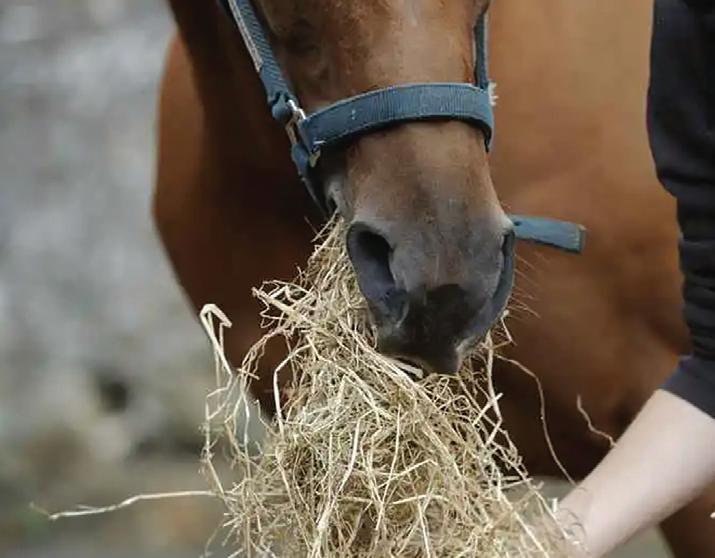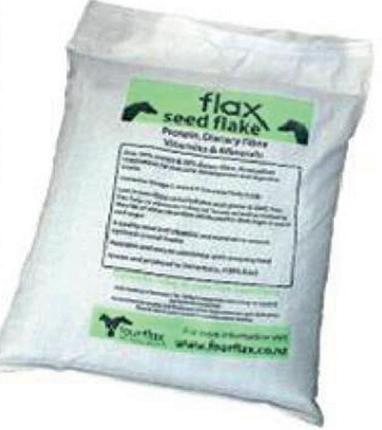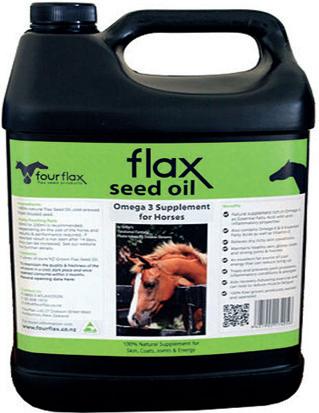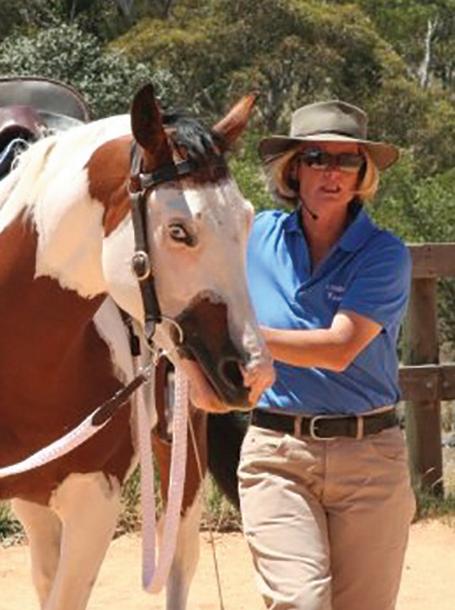2 minute read
Equine Health Feature The Horse Report Feeding tips to benefit your hard keeper
Next Article
From page 10
Tips for feeding the hard keeper
* Provide free choice access to quality forage all day, every day. In some cases, this is the only change needed for weight gain. The equine digestive system is designed for grazing.
* When grass is not plentiful provide a good-quality, relatively soft grass hay.
* Lucerne hay is a terrific addition to lift the protein quality of the diet, but should be limited to 30% of the horse's forage intake (i.e. 1 or 2 biscuits of lucerne a day, depending on horse size).

* If your hard keeper is older or has worn/missing teeth making grazing difficult, provide as much chaffed/cubed grass as your horse will eat. Ablend of equal parts grass, lucerne and oaten or wheaten chaff is ideal.
* Hard keepers need to be fed a caloriedense concentrate feed made from any of these ingredients:
Cereal grains are calorie-dense and relatively cheap but are not suited to horses prone to gastric ulcers.
Digestible fibre by-products such as beet pulp, copra or legume hulls, also known as 'super fibres.'
Legume grains (including lupins, chickpeas, soybean) are an alternative for these horses, but be careful not to overfeed protein. They are best fed in conjunction with super fibres.
You can use plain ingredients and add supplements, or buy pre-mixed hard feeds made from a combination of ingredients.

* Feed more small meals per day. Limit meal size to avoid overloading the hind gut with starch, causing hindgut acidosis, colic and/or laminitis. Keep meals less than 2.5 kg per hard feed; less for a pony.
* If feeding cereal grains, choose processed grains. Digestibility of uncooked cereals in the foregut is typically less than 20 percent. Cooking grains increases starch digestion in the small intestine to around 80 percent. All forms of cooking are beneficial, although extrusion improves digestibility slightly more than boiling, steam-flaking or micronizing. When boiling grains at home, ensure you cook them in plenty of water until they are very soft.
* Add oil to increase the calorie concentration of a hard feed. This is especially useful when feeding multiple meals of maximum recommended size but more calories are needed. Oil contains almost two and a half times as many calories as the same weight of grain. You can feed up to 1 ml oil per kg of horse bodyweight (introduced gradually) but must ensure you also add an omega-3 source to balance the total omega-6 intake. This important to modulate the immune system. Copra, rice-bran and oilseed meals such as full fat soybean meal are palatable highfat feeds suited to fussy eaters.


* Make sure the diet provides all the vitamins and minerals your horse needs. This allows the body to function optimally and often results in improved 'fuel efficiency.'
Continued page 12
Flax Seed Oil provides the richest (almost 60%) natural source ofOmega 3, an essential fatty acid (EFA) which is not generally present in equine foods. Like all animals, horses cannot manufacture this essential fatty acid which is so important for their overall health.










